Pull Requests: A Comprehensive Template for Better PRs
Table of Contents
Introduction
Streamlined procedures and efficient cooperation are critical in the field of software development. Pull Requests (PRs) are the entry point for contributions, allowing groups to examine, debate, and incorporate modifications into a repository. However, the efficacy and efficiency of the development process may be strongly impacted by the clarity and caliber of PRs. We will explore the nuances of creating better PRs using a carefully thought-out template in this extensive guide.
Introduction to Pull Requests
Before delving into the specifics of PR templates, let’s take a brief look at the concept of pull requests. A pull request is essentially a method for proposing changes to a codebase that is kept on a website like GitHub, Bitbucket, or GitLab. It may be used by developers to distribute their modifications to the team, get feedback, have their work examined, and finally have their changes integrated into the primary code repository.
The Importance of Clear and Structured PRs
Clear and structured PRs are essential for facilitating efficient code review processes and maintaining code quality. A well-crafted PR should provide comprehensive context, succinctly describe the changes, and offer guidance on how to review them. Without proper clarity and organization, PRs can lead to misunderstandings, delays, and suboptimal code integration.
Anatomy of an Effective PR Template
To address these challenges and standardize the PR creation process, we propose a comprehensive template that covers all essential aspects of a Pull Request. Let’s break down each section of the template and examine its purpose:
- Title and Description: The title should succinctly summarize the purpose of the PR, while the description provides detailed context, including the motivation for the changes, any related issues or tickets, and relevant background information.
## Title: [Feature/bug/issue number]: Short description of the changes ## Description: ### Motivation: Explain why these changes are necessary and how they address the issue or feature request. ### Changes: Provide a high-level overview of the modifications made in this PR. ### Related Issues: List any related GitHub issues or JIRA tickets. ### Additional Notes: Include any supplementary information or instructions for reviewers.
- Changes Overview: This section offers a concise summary of the modifications introduced by the PR, highlighting key additions, deletions, and modifications.
## Changes Overview: - Added feature X to improve Y functionality. - Refactored component Z for better performance. - Fixed bug A that caused issue B in certain scenarios.
- Testing Instructions: Clear instructions on how to test the changes locally or in a staging environment, including any specific configurations or dependencies required.
## Testing Instructions: 1. Clone this branch and switch to it. 2. Install dependencies using `npm install`. 3. Run the application with `npm start`. 4. Navigate to [specific page/feature] and verify that [expected behavior] occurs.
- Review Checklist: A checklist of items that reviewers should verify during the code review process, covering aspects such as code quality, functionality, documentation, and test coverage.
## Review Checklist: - [ ] Code follows coding conventions and style guidelines. - [ ] Changes are adequately documented (comments, README updates, etc.). - [ ] Unit tests cover all modified/added functionality. - [ ] Integration tests pass and cover relevant scenarios. - [ ] Documentation has been updated to reflect any changes in behavior or usage. - [ ] Security considerations have been addressed (if applicable).
- Additional Information: Optional sections for supplementary details, such as screenshots, performance benchmarks, or links to relevant resources.
## Additional Information: - [ ] Screenshots/Visuals: Include any relevant screenshots or visual representations of the changes (if applicable). - [ ] Performance Benchmarks: Provide performance metrics or benchmarks to demonstrate improvements (if applicable). - [ ] Related Resources: Link to any external documentation, articles, or discussions related to the changes.
Add the template as default in GitHub
To add the PR template as the default for your GitHub repository, follow these steps:
- Create a new file: In your GitHub repository, navigate to the root directory, then click on the “Add file” button and select “Create new file”.
- Name the file: Name the file
PULL_REQUEST_TEMPLATE.md. GitHub recognizes this filename pattern and automatically applies it as the default PR template. - Copy and paste: Copy the PR template provided in the blog post and paste it into the newly created file.
- Commit changes: Scroll down to the “Commit changes” section, add a descriptive commit message (e.g., “Add default PR template”), and then click on the “Commit changes” button to save your changes.
- Test it out: Create a new Pull Request in your repository to ensure that the template is applied correctly. You should see the template content pre-populated in the PR description box.
By following these steps, you’ll have successfully added the PR template as the default for your GitHub repository, providing a structured format for creating Pull Requests and improving collaboration within your development team.
Conclusion
By adhering to a comprehensive PR template like the one outlined above, teams can foster better collaboration, streamline code review processes, and ultimately deliver higher-quality software. Remember, clear communication and structured documentation are the cornerstones of effective Pull Requests. Embrace the template, tailor it to your team’s specific needs, and witness the transformative impact on your development workflow.
In summary, pull requests are a representation of professionalism, open communication, and teamwork within a development team—they are more than just a way to submit code. Teams may streamline their processes, improve the quality of their code, and quicken the rate of innovation by using a thorough PR template and adhering to recommendations. Your team and your codebase will appreciate you for it if you keep in mind the importance of clarity, organization, and attention to detail the next time you write a pull request. Have fun with coding!




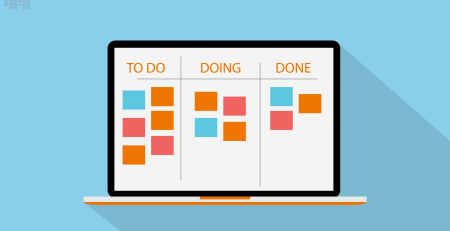

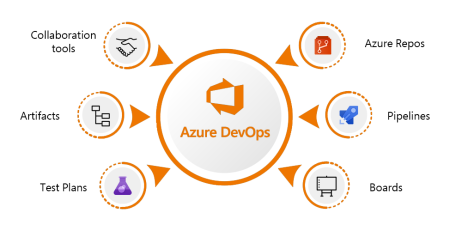
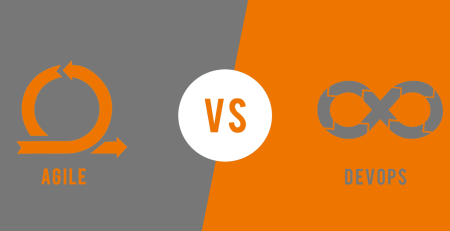


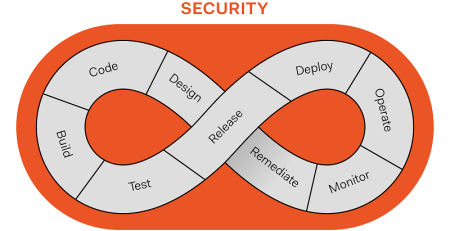
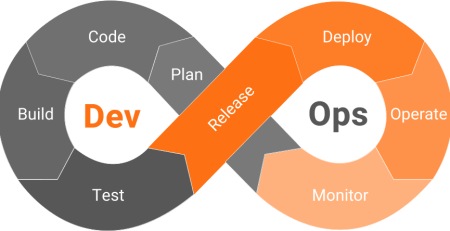

Leave a Reply